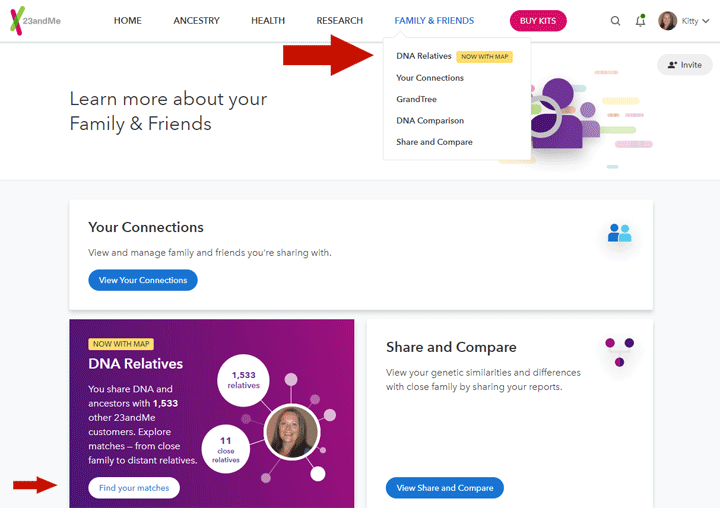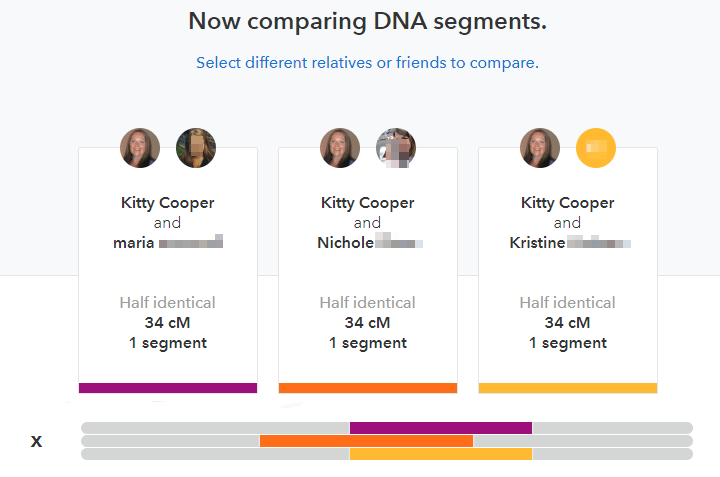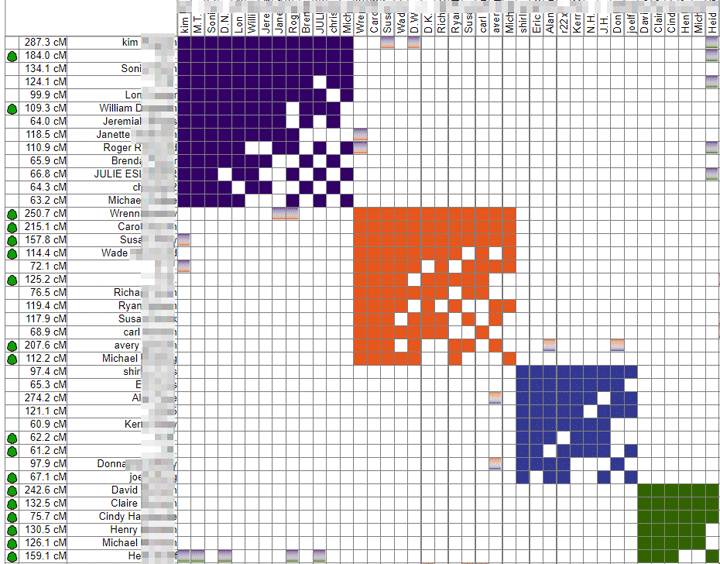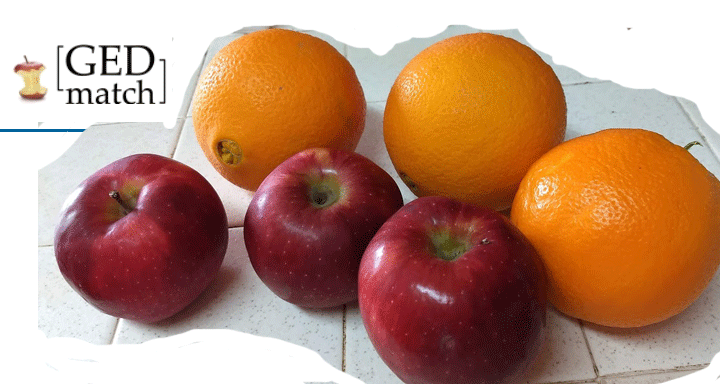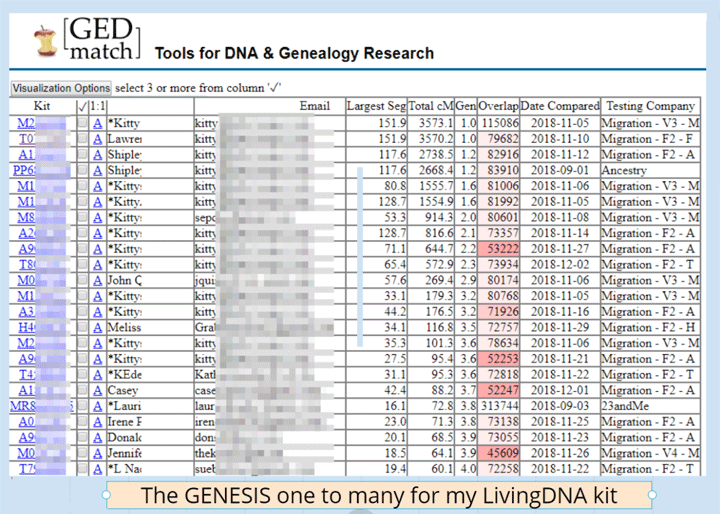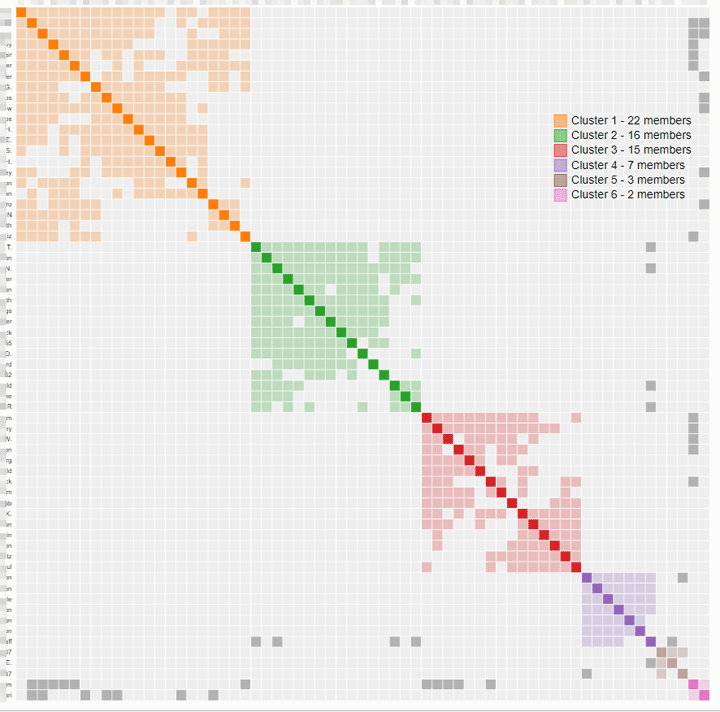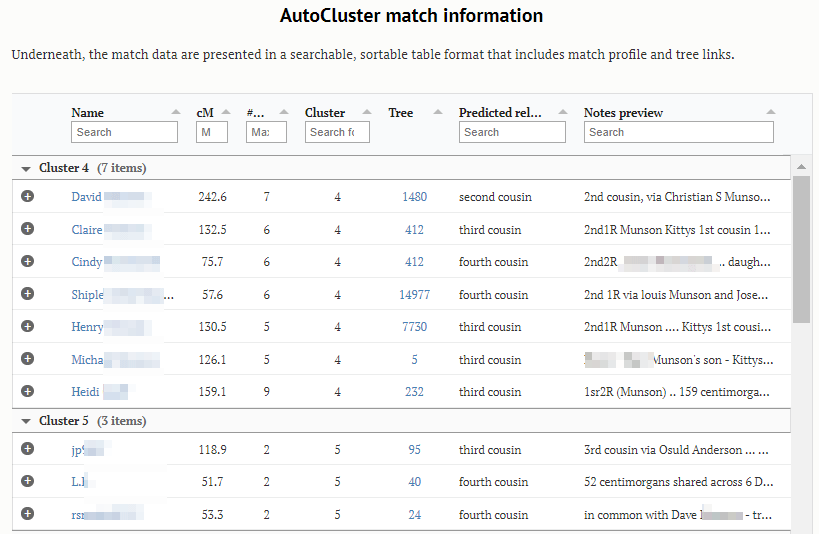There is a gene called CCR5 that can have a variation that prevents AIDS. You need to have two copies, one from each parent, to be immune to AIDS. If you have only one copy, your resistance is increased. The current theory is that this mutation became prevalent in Europeans after the ravages of smallpox or perhaps the Black Death and was selected for, since it is presumed protective against those diseases. It is more frequent in Northern Europe than Southern, but is found as far south as North Africa.
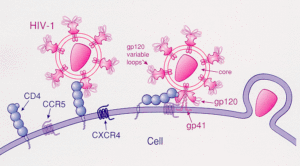
from wikipedia – By US National Institutes of Health – National Institute of Allergy and Infectious Diseases – US National Institutes of Health – National Institute of Allergy and Infectious Diseases, Public Domain, Link
The down side is that this CCR5 change may increase your risk of an abdominal aortic aneurysm and put you at risk for complications from various viruses like West Nile or tick born encephaliitis. Wikipedia has an excellent and detailed article about CCR5 here.
This AIDs protective variation is actually the loss of 32 alleles (so it is called delta 32) on chromosome 3 at location 46414947.
It is that change that the Genetics researcher He Jiankui claims to have made on two embryos in China using CRISPR technology which has caused such an uproar around the world. Click here for the NPR article about that which mentions that their father is HIV positive.
If you have tested your DNA at 23andme, you can check your own CCR5 for the delta 32 variation which is known as i3003626 there. Here’s how
